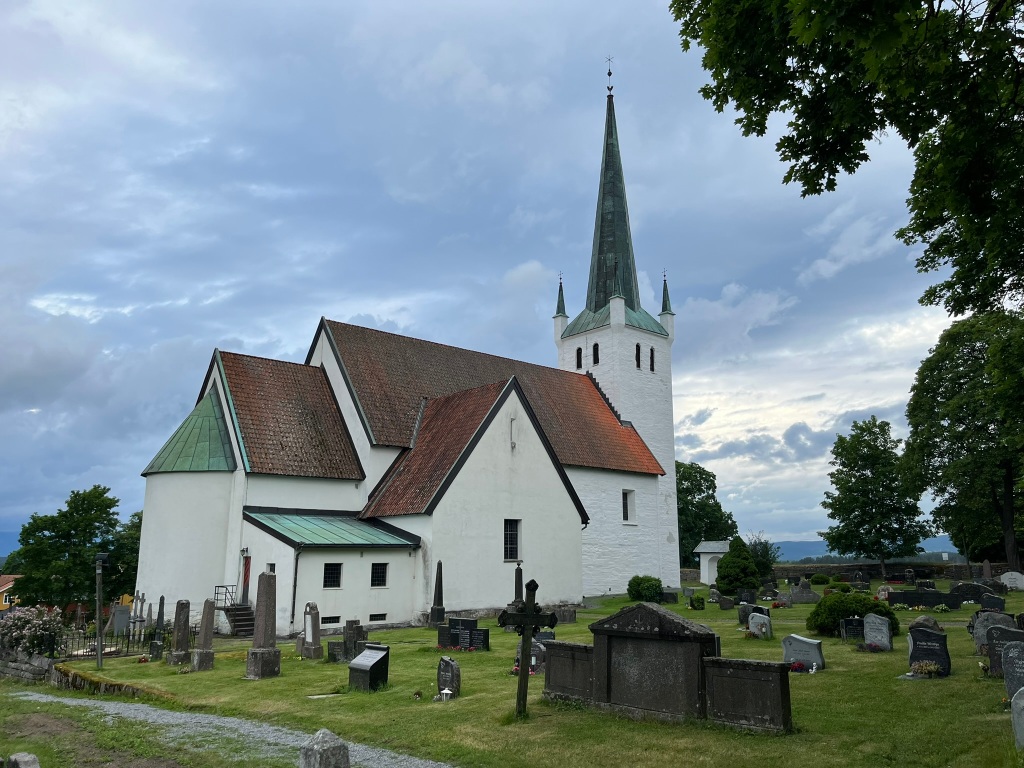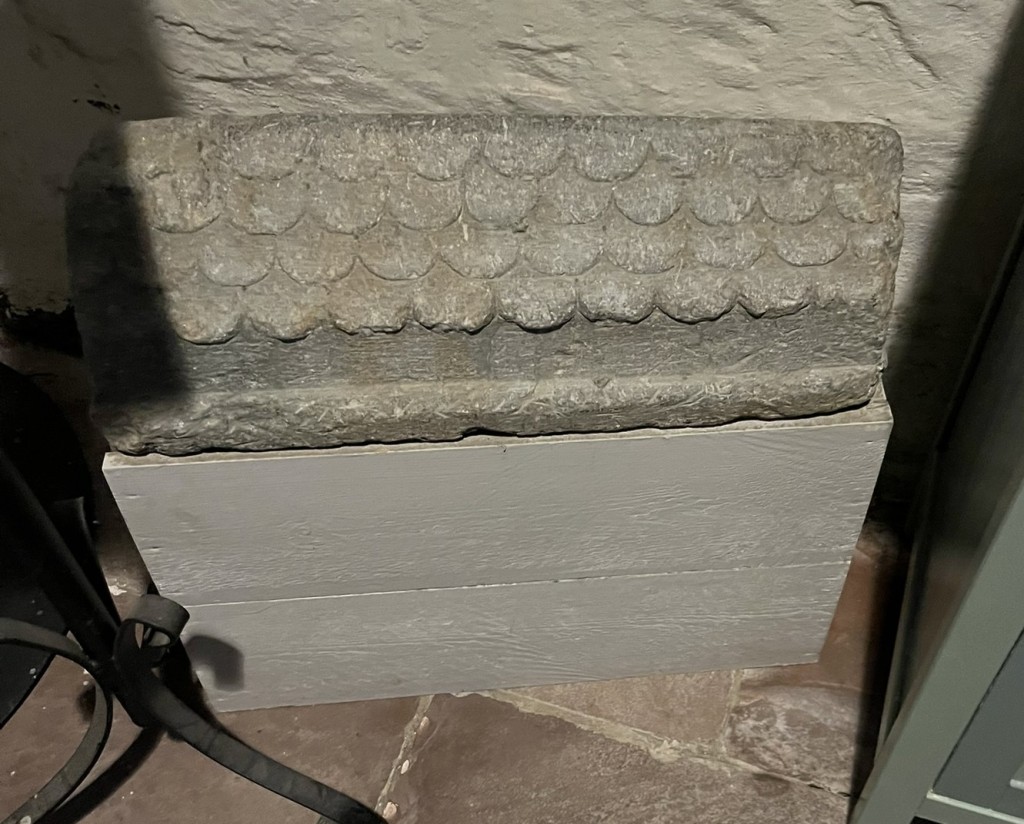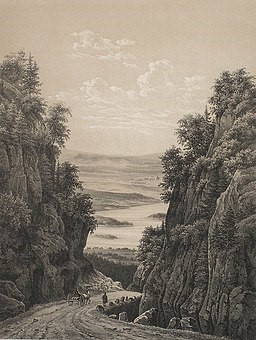
Ringerike is a large municipal district in the county of Buskerud. Knowing its history might help you understand what the people think of themselves, their ancestry and heritage, and can place your forebears into context at different times.
Doing heritage travel, you can experience that history in Norway can be very rich at the time when your researched forefathers lived, but also way before their time. Ringerike is a good example of this. I have experienced more than once, that other Heritage travellers from abroad have had Viking ships buried in their ancestral back yard.
So let us have a look at Ringerike and see what you may find:
Petroglyphs (pictures made in/on stone) depicting hunting and agricultural activities.
In more than one place, you will find burial mounds from the Iron Age.
You can see a reconstructed longhouse from Roman times, built for the local chieftains. In the commercial, they say: “You can learn a lot about how the Vikings’ ancestors lived!” Read more here.
Norway’s first king’s father, Halfdan the Black, had a farm at Stein and was king of the county Vestfold. His son, Harald Fairhair, united all of Norway and became the first king of the entire nation.

Characters from ancient Norwegian history (the Saga) were born in Ringerike, among them Olaf II Haraldsson (approx. 995-29th July 1030), who was also known as Saint Olaf or Olaf the Holy. Olaf was born at Ringerike.
Many medieval churches were built and are still standing. Some were built on the sites of pagan places of worship.
A child’s grave from medieval times.
The Great Northern War lasted from 1700 to 1721. A local pastor’s wife, Anna Colbjørnsdatter, tricked the Swedes by getting Colonel Axel Löwen, among others, drunk on liquor. A large battle was fought at Norderhov church on the night of March 29, 1716. The battle was won by the Danish-Norwegian side.

A conveyor contraption (Kjerraten from the German word Kehrrad) in Åsa. A lift and a transport facility for timber, used from 1808 and for the next forty years. A technical miracle. Today there is a museum where the Kjerrat originated, and here is more about the technicalities.
Hønefoss, the administrative center of the area, was given market town rights in 1852. This gave the town among other things increased autonomy and possibilities.
Tourism started when the Kings Road to Bergen (Bergenske kongevei ) was built, part of which led from Oslo to Tyrifjorden and Sundvollen.
Ringerike, as an area, tried to stop the Germans from advancing into Norway at the start of World War II. The area was hard hit, and 50 farms were burned down.
Have a look at the links and learn more about the Ringerike area!
Problems with text written in Norwegian? In Exploring Norwegian Genealogy on page 45, you will find the help you need!
